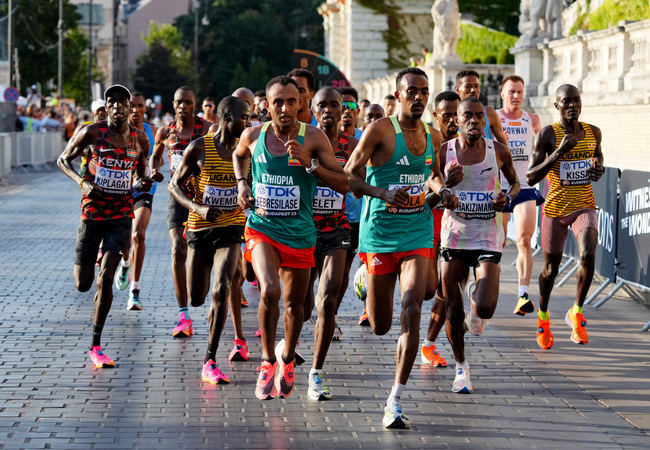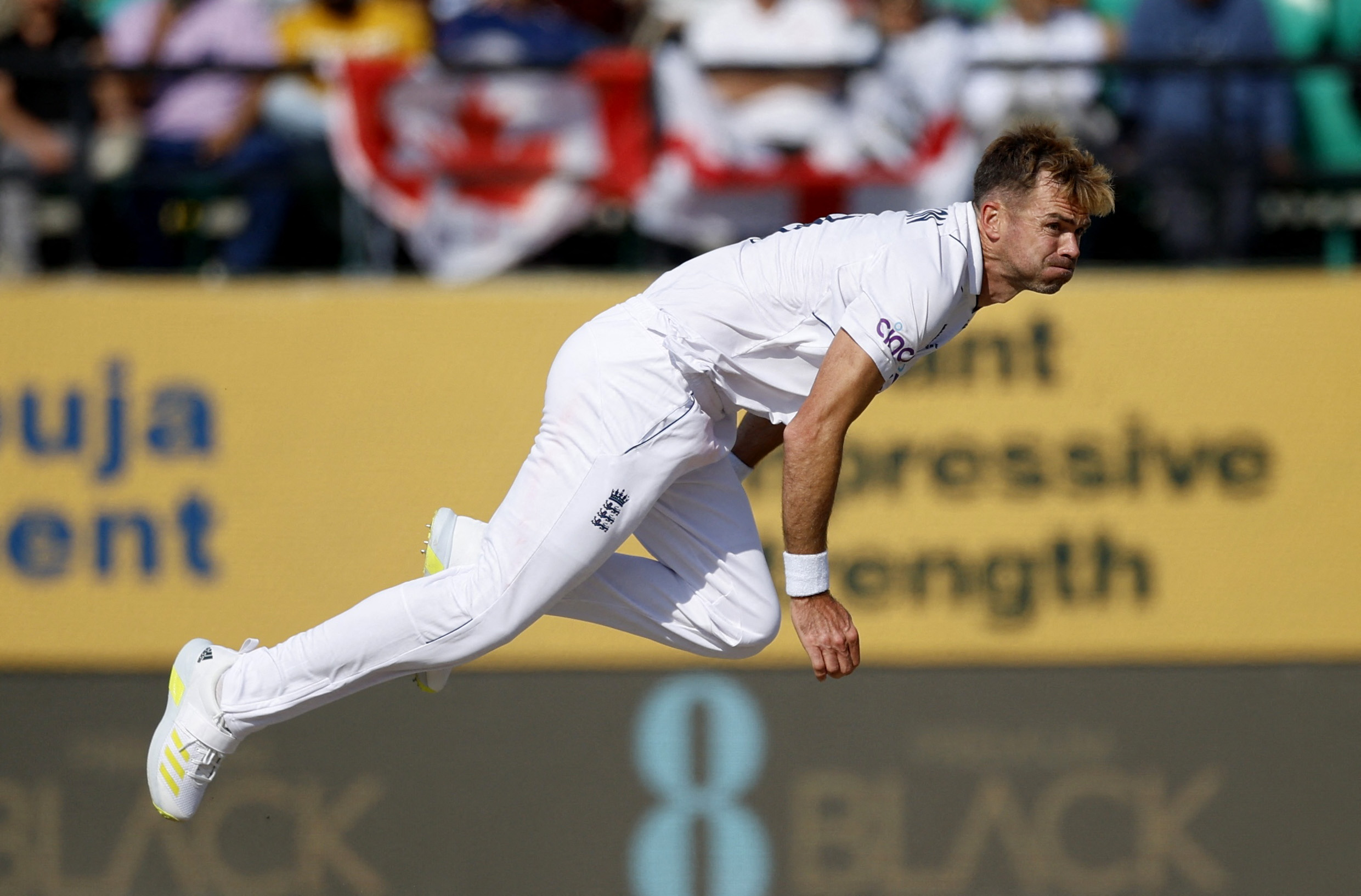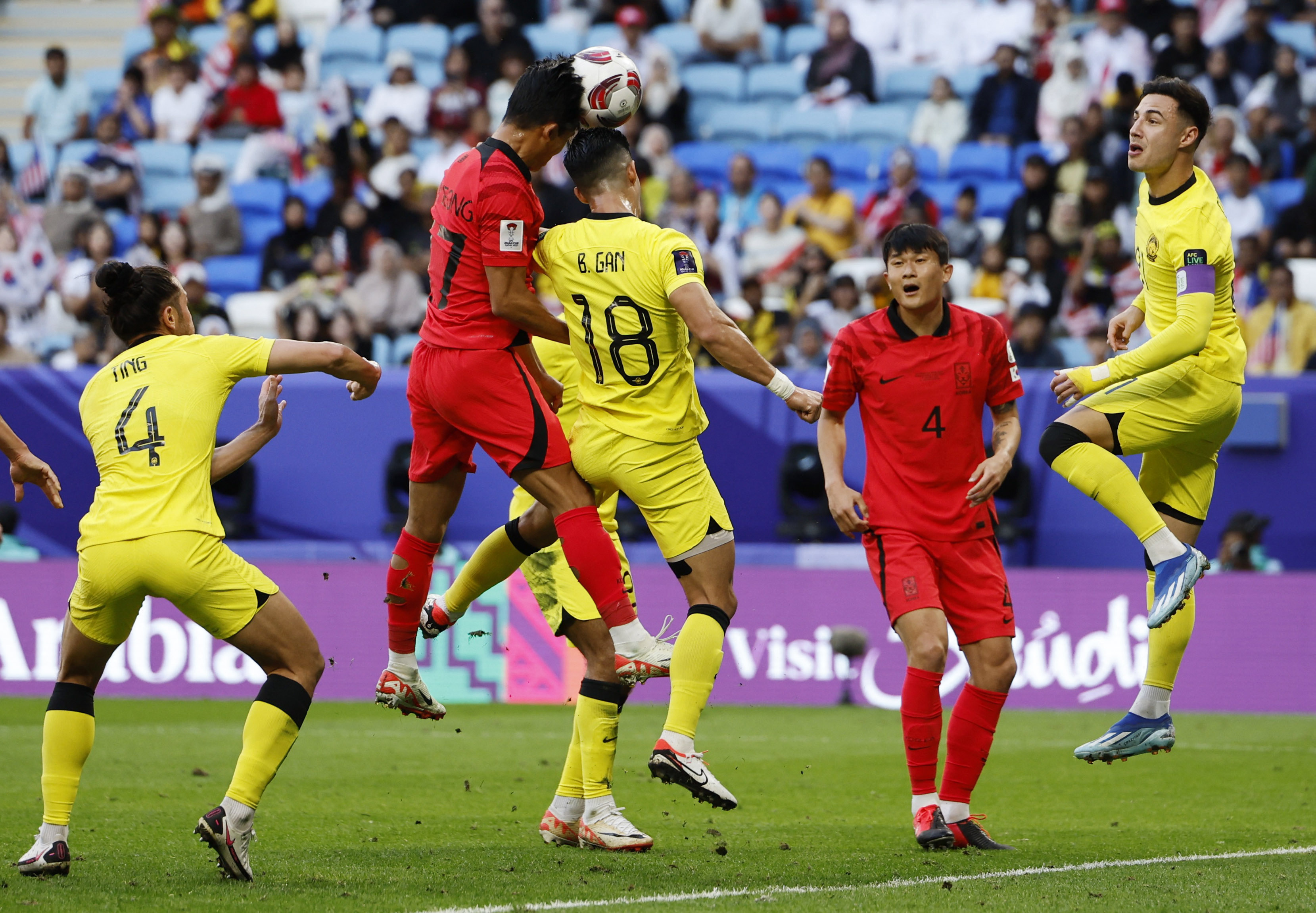You are viewing 1 of your 1 free articles
Femoral Neck Stress Fractures in Athletes
Femoral neck stress fractures are uncommon and difficult to identify in clinical practice. Clinicians must be on high alert when assessing athletes with the relevant risk factors and associated symptoms. In this article, Chris Mallac uncovers clinical identification and management.
Ethiopia’s Tamirat Tola, Leul Gebresilase, Rwanda’s John Hakizimana, and athletes in action during the men’s marathon final REUTERS/Aleksandra Szmigiel/Pool
Femoral neck stress fractures (FNSFs) are an uncommon injury and were first described in 1905 by German physician Asalin in military subjects and noted by Devas in 1958 in athletes. They account for 3-11% of all stress fractures(1-5). They are more prevalent in military recruits with high march loads, females (>85%), and runners with high mileage runners (>25 miles per week), low Body Mass Index (BMI), and metabolic disorders(6-8). They are uncommon in teenage adolescents(9).
Aetiology
Femoral neck stress fractures develop due to repetitive sub-maximal mechanical loads across the femoral neck (as encountered in running and marching). If the rate of load is greater than repair, then resorption of bone occurs. Moreover, athletes with Relative Energy Deficiency in Sports (RED-S) are at increased risk of insufficiency fractures(8). Insufficiency fractures are a type of stress fracture resulting from normal stresses on abnormal bone.
The femoral neck undergoes large forces during running (up to 3-5 times body weight), and the gluteus medius and minimus contraction balance the tensile forces on the superior aspect of the femoral neck(4). Any gluteal muscular weakness or fatigue results in excessive tensile force.
On the inferior aspect, the femoral neck undergoes compressive forces at a 45-degree angle, hence why compression side fractures are typically oblique. On the tensile side of the femoral neck, forces are applied at a right angle. Thus, fractures here are typically transverse and have a smaller distance to travel than oblique fractures to eventuate as unstable fractures(4).
Risk Factors
Several risk factors may predispose the high mileage runner or military recruit to a FNSF. These include(1,10):
- Female gender,
- Low energy availability,
- Eating disorders during adolescence,
- Amenorrhea,
- Low vitamin D and high parathyroid hormone.
Signs and Symptoms(2,11-13)
Femoral neck stress fractures are uncommon and often missed on initial examination as the signs and symptoms may be vague. The presenting signs and symptoms that may make the clinician suspicious include;
- Gradual onset of hip and groin pain. This may be an anterior or lateral hip and mimic a lateral hip pathology such as a gluteal tendinopathy.
- Pain radiating towards the knee.
- Worsens with increased activity and ceases with rest.
- Athletes usually relate this to increased running volume in preparation for an event.
- May present with coexisting gluteal tendinopathy due to tissue overload caused by high-volume running.
- Antalgic gait when pain is present.
- Presence of cracking or popping with complete and displaced fractures.
- Hip range of motion testing produces pain at the end ranges of 79% of cases.
- May present with tenderness on palpation over the anterior hip area.
Imaging
Plain X-ray
Clinicians should order X-rays in all athletes complaining of exercise-related hip pain made worse with direct weight bearing. This includes anteroposterior views and direct lateral views of the proximal femur. X-rays may exhibit periosteal and endosteal callus formation, a radiolucent fracture line, and sclerosis across the trabeculae. However, many athletes will not show evidence of a stress fracture on an X-ray(13).
Magnetic Resonance Imaging
When clinicians remain suspicious following a negative X-ray result, they should order an MRI. Magnetic resonance imaging has 100% specificity, accuracy, and sensitivity for femoral neck stress fractures(14). Results may show a high signal on T2 images and possible periosteal and marrow edema on T1 and T2 imaging.
Bone Scan
Due to the high false positive rate (32%) and exposure to radiation, bone scans have largely been replaced by MRI scans(14).
Blood Testing
All patients should undergo complete blood count, ESR, CRP, renal and liver profile, serum calcium, and albumin testing when clinicians suspect femoral neck stress fractures. Furthermore, female athletes should undergo hormone profile testing(4).
Classification
The original Type 1-3 classification system was initially described in 1988 by Fullerton and Snowdy(11). Researchers added a fourth classification in later years, which is now Type 1-4(15). The classification is based on X-ray and CT imagining findings (see table and figure 1).
Table 1: Femoral neck stress fracture classification
| X-ray and CT imaging finding | |
| Type 1 | Tension side femoral neck stress fractures. |
| Type 2 | Compression side fractures. |
| Type 3 | Displaced fractures. |
| Type 4 | Superiorly based incomplete tension-type fractures. |
As clinicians typically miss Type 4 fractures on plain imaging, a predictive classification exists based on MRI findings(16). These include:
Grade 1: Positive signal change on short tau inversion recovery (STIR) sequencing.
Grade 2: Change on STIR and T2 images.
Grade 3: Change on STIR, T2, and T3.
Grade 4: Change on STIR, T2, and T3 and a fracture line present.
Management
The management of FNSFs depends on the fracture’s location and severity. Tension side fractures located on the superolateral femoral neck are more prone to displacement due to the torque created by gravity. These high-risk stress fractures are candidates for surgical fixation to prevent progression, displacement, and possible non-union or mal-union (see table 2)(4).
Conversely, compression side fractures on the inferomedial neck are naturally stabilized by gravity and thus have little chance of displacement. They are low-risk, and typically, clinicians manage them conservatively. Type 1 and 2 injuries usually affect younger, healthy athletes and, fortunately, occur on the less risky compression side of the bone. Clinicians may manage these non-operatively and with modifications in exercise and loading.
Conservative management includes a period of relative rest, either non-weight bearing on crutches or full weight bearing if pain allows for an initial 4-6 week period. Clinicians may adjust weight bearing gradually according to pain. Then, athletes begin pain-free non-impact activities and gradually progress to impact activities. A key rehabilitation focus area is hip muscle strength development. Clinicians may initiate this early through isometric training and progressively advance to isotonic exercises as tolerated.
Clondronic acid injections show a faster radiological and clinical recovery from low-risk Grade 1 and 2 fractures. Clodronic Acid is an injectable drug classed as a bisphosphonate used to treat osteoporosis in postmenopausal women, hypercalcemia of malignancy, and osteolysis. Clinicians may administer the injections daily for seven days and then once every two weeks for two months(17,18).
Table 2: Management options for the various FNSF types*(13).
| Fracture Type | Incomplete (<50% fermoal neck width) | Complete (>50% femroal neck width) |
| Compression | Conservative - unless significant pain or inability to streight-leg raise | Surgical Fixation (Cannulated Hip Screw or Dynamic Hip Screw) |
| Tension | Surgical Fixation (Dynamic Hip Screw) | Surgical Fixation (Dynamic Hip Screw) |
| Displaced | Immediate Reduction and Surgical Fixation (Dynamic Hip Screw +/- Derotation Screw) | |
| Atypical Tension | Conservative | Surgical Fixation (Dynamic Hip Screw) |
*Adapted from Sports Medicine International Open. 2017; 1: E58-E68
Post Operative Rehabilitation
The post-operative rehabilitation period for surgically fixated fractures follows a definitive timeline to allow adequate healing. The time frames may not be too dissimilar to non-operative treatment (see table 3). Sequential X-rays are taken every six weeks to ensure fracture unification(13).
Table 3: Outline of a typical rehabilitation protocol
| Weeks 1-6 | NWB to TWB on crutches Hydrotherapy (floatation belt at two weeks post-op) |
| Weeks 7-12 | PWB on crutches Continue hydrotherapy. Commence non-weight-bearing gluteal exercises and hip stretches. |
| Weeks 12+ | Weight-bearing as tolerated with or without crutches. Early weight-bearing hip strengthening exercises. |
| Weeks 16+ | Graduated return to running. Higher level hip loading exercises in the gym |
| Weeks 24+ | Return to normal training. |
Conclusion
Femoral neck stress fractures are an uncommon injury primarily concerning distance runners and military recruits. Its prevalence is relatively low and more common in female athletes. Signs and symptoms vary and often are confused with other hip pathologies such as gluteal tendinopathy, groin strains, trochanteric bursitis, femeroacetabular impingement, and other similar pain-presenting pathologies.
The most definitive diagnostic imaging is an MRI, and clinicians base treatment on these image findings. Compression-side stress fractures are more common and may be managed conservatively, whereas most tension-side fractures need surgical fixation. Returning to full competition will take 16-24 weeks in conservative and surgically managed cases.
References
- Acta Biomed. 2017; 38(supp 4): 96-106
- J Bone and J Surgery Br. 1965; 47(4): 728-738
- Int J Sports Med. 1987; 8: 221-226
- Clin Orthop Relat Research. 1998; 348: 72-78
- Arch Phys Med Rehab. 1999; 80: 236-238
- The Am Journal of Sp Med. 2016; 44(8): 2122- 2129
- Curr Osteoporos Rep. 2006; 4(3): 103-109
- Sports Health. 2013; 5: 165-174
- Am J of Sports Med. 2001; 29(6): 811-813
- Sports Medicine. 1999: 28; 91-122
- The Am. J of Sp. Med. 1988; 16(4): 365-377
- Research in Sports Medicine. 2016; 24(3): 283-297
- Sports Medicine International Open. 2017; 1: E58-E68
- Am J Sports Med. 1996; 24: 168-176
- The Am. J of Sp. Med. 2004; 32(6): 1528-1534
- Clinics in Sports Medicine. 1997; 16(2):? 291-306
- Drugs; 1994: 47(6); 945-982
- SN Comprehensive Clinical Medicine. 2019; 1: 934-937
Newsletter Sign Up
Subscriber Testimonials
Dr. Alexandra Fandetti-Robin, Back & Body Chiropractic
Elspeth Cowell MSCh DpodM SRCh HCPC reg
William Hunter, Nuffield Health
Newsletter Sign Up
Coaches Testimonials
Dr. Alexandra Fandetti-Robin, Back & Body Chiropractic
Elspeth Cowell MSCh DpodM SRCh HCPC reg
William Hunter, Nuffield Health
Be at the leading edge of sports injury management
Our international team of qualified experts (see above) spend hours poring over scores of technical journals and medical papers that even the most interested professionals don't have time to read.
For 17 years, we've helped hard-working physiotherapists and sports professionals like you, overwhelmed by the vast amount of new research, bring science to their treatment. Sports Injury Bulletin is the ideal resource for practitioners too busy to cull through all the monthly journals to find meaningful and applicable studies.
*includes 3 coaching manuals
Get Inspired
All the latest techniques and approaches
Sports Injury Bulletin brings together a worldwide panel of experts – including physiotherapists, doctors, researchers and sports scientists. Together we deliver everything you need to help your clients avoid – or recover as quickly as possible from – injuries.
We strip away the scientific jargon and deliver you easy-to-follow training exercises, nutrition tips, psychological strategies and recovery programmes and exercises in plain English.








